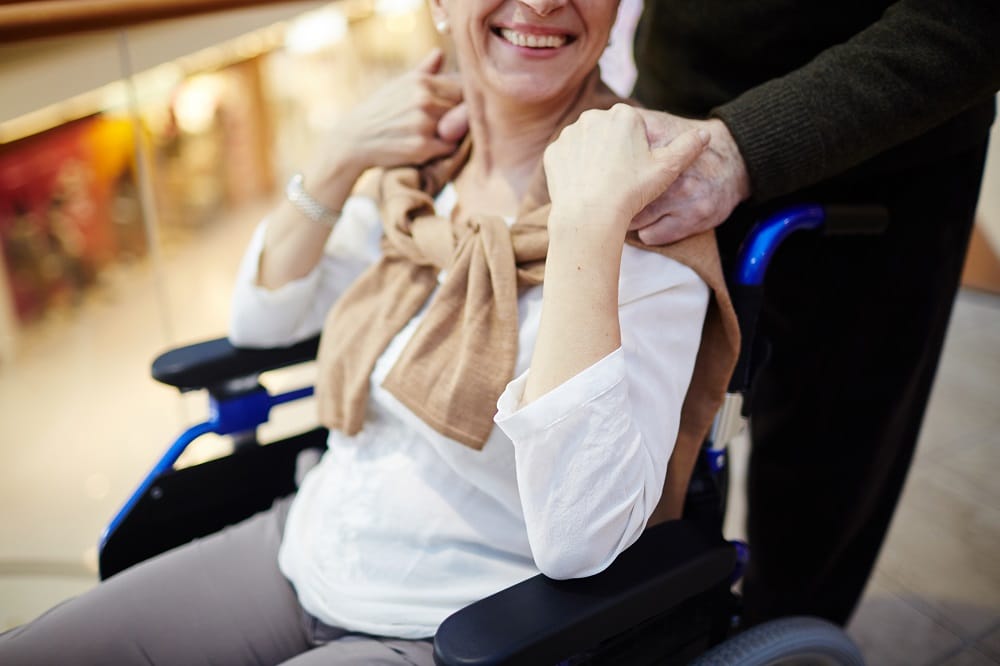Many people have found their bodies no longer responding as they once did. Simple movements, such as lifting a spoon or taking a step, have become a challenge. This is the reality many people face after suffering a stroke . But there is good news: with the right approach, it is possible to regain much of your mobility and improve your quality of life.
Below, we explain step by step how to do it from home.
Why is home rehabilitation important after a stroke?
Rehabilitation after a stroke is key to regaining motor skills, preventing muscle stiffness, and avoiding complications such as falls. Although sessions with physical therapists are essential, what you do at home also plays a vital role in your recovery.
Steps to improve mobility at home
1. Establish a daily exercise routine
Performing rehabilitation exercises daily helps strengthen muscles and improve coordination. Some effective options include:
- Passive movements: If the person has limited mobility, a caregiver or family member can gently move their arms and legs to prevent stiffness.
- Strength exercises: Lifting light objects or squeezing a soft ball helps regain strength.
- Balance exercises: Practicing standing with support or walking with the aid of a walker can improve stability.
2. Adapt your home for greater safety and comfort
Making small changes around the house can make your daily life easier and prevent accidents:
- Install grab bars in the bathroom and handrails in hallways.
- Use non-slip mats to prevent slipping.
- Place frequently used objects within reach to avoid sudden stretching.
3. Practice functional mobility
Exercises that mimic everyday movements help you regain independence. Some examples:
- Sitting and getting up from a chair several times a day strengthens your legs.
- Opening and closing your hand with different objects improves manual dexterity.
- Walking indoors with assistance builds confidence and reduces fear of falling.
4. Stay motivated
Regaining mobility after a stroke is a process that takes time, and motivation is key. Some helpful strategies include:
- Set small, achievable goals.
- Celebrate progress, no matter how small.
- Have the support of family members or rehabilitation groups.
5. Stimulate your brain with daily activities
The brain has a great capacity for reorganization after a stroke ( neuroplasticity ). To enhance this:
- Do activities that challenge coordination, such as fitting pieces together or writing.
- Listen to music and follow the rhythm with movements.
- Use the affected hand or leg in everyday tasks, even with support.
6. Maintain a good diet and hydration
A balanced diet promotes energy and muscle function. It’s key to:
- Consume protein for muscle regeneration.
- Include fruits and vegetables to reduce inflammation.
- Drink enough water to avoid fatigue.
When to seek professional help?
If the person with a stroke shows no improvement or experiences pain when moving, it’s advisable to see a specialist. A physical or occupational therapist can design a specific plan tailored to your needs.
Regaining mobility at home after a stroke is possible with perseverance, patience, and the right approach. Every little bit of progress counts and makes a difference in your quality of life. If you need personalized advice, we at RehabOT are here to help.
Leave us your data to start your treatment







